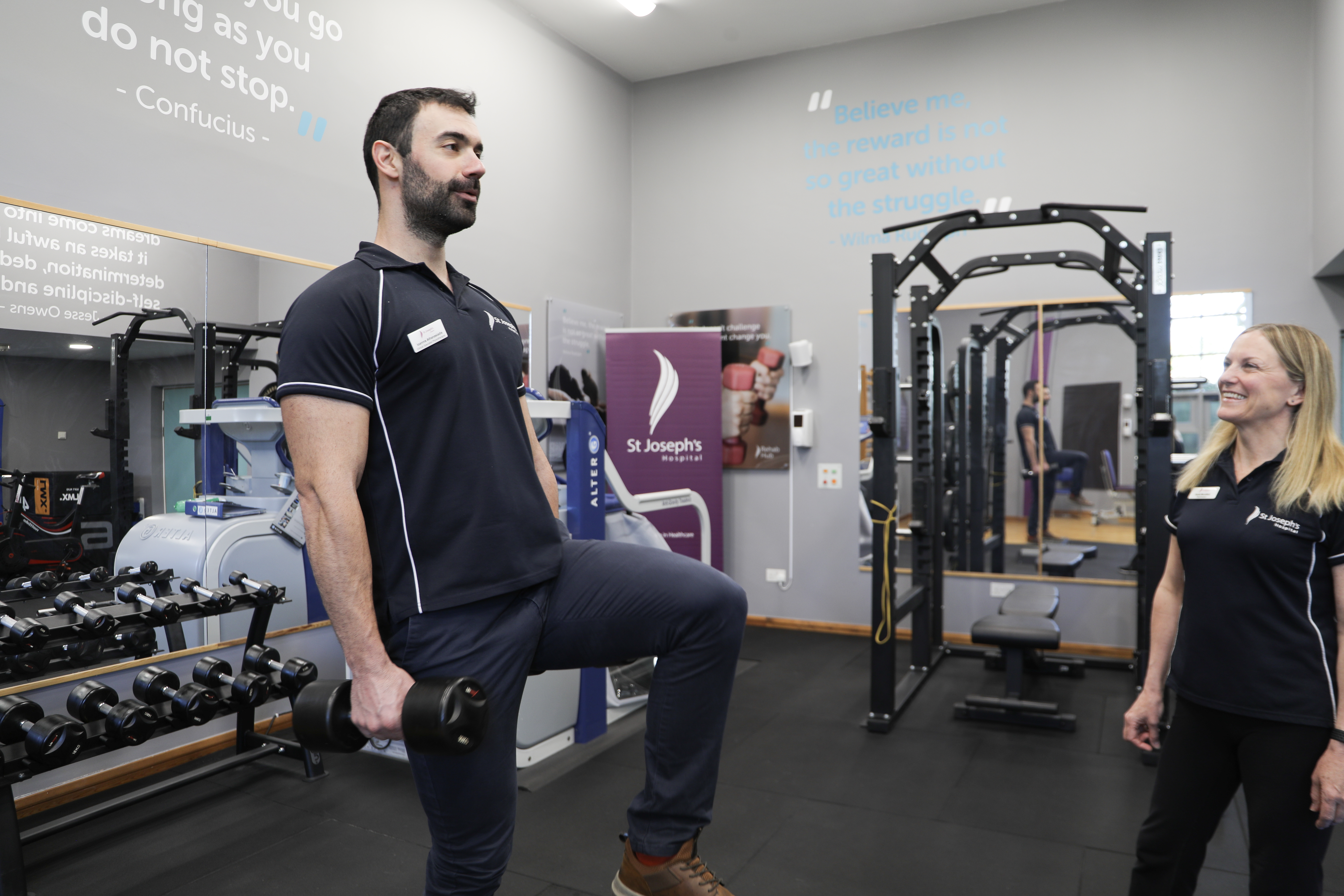Chondroplasty is a surgical procedure to remove damaged articular cartilage from the knee joint. It is carried out as an arthroscopic procedure (a type of keyhole surgery), meaning it is not as invasive as traditional “open” knee surgery.
Chondroplasty is normally carried out under general anaesthetic, meaning you will not be conscious during the surgery. An anaesthetist will talk with you about the anaesthetic they will be using for the procedure, and if you have any queries at any time, they will be happy to help.
Once you have been given the general anaesthetic, the skin around your knee will be thoroughly cleaned using an antibacterial fluid. The surgeon will make a small incision in your knee and insert a thin metal tube (known as an arthroscope) through the cut into the knee joint. The arthroscope contains a light source and a camera or lens at one end, allowing the surgeon to see the inside of the joint clearly. Sterile saline solution will be flushed through your joint to help reduce any bleeding and allow better visibility of the menisci.
Using the arthroscope, the surgeon will carefully examine the damaged articular cartilage, as well as the entire knee joint. Small surgical instruments will be used to carefully smooth out the cartilage.
The surgeon will then remove the arthroscope from the knee joint and close any cuts made during the surgery using stitches or special surgical tape. Your knee will then be covered with a sterile dressing to ensure it remains free of infection.
Following your surgery, you will be taken to the recovery room, where out theatre staff will monitor you carefully while you wake up from the anaesthetic. Once you have fully woken up and the theatre recovery room staff are happy with your blood pressure, heart rate and oxygen levels, you will be taken back to your ward to rest.
Complications and Risks
Although it is known as keyhole surgery, it will still take time to fully recover from your knee chondroplasty. While you are recovering, it is important to take things slowly in order to gain maximum benefit from the surgery.
All surgical procedures carry risks and the potential for complications. For chondroplasty, these include:
- Infection in the knee joint,
- Damage to the nerves near the knee joint,
- Formation of a blood clot (known as a ‘deep vein thrombosis’ or ‘DVT’).
The above risks are intended as guidelines only and are not exhaustive. We always recommend that you talk with your consultant about potential risks and complications before you decide to have any surgery.




